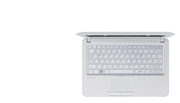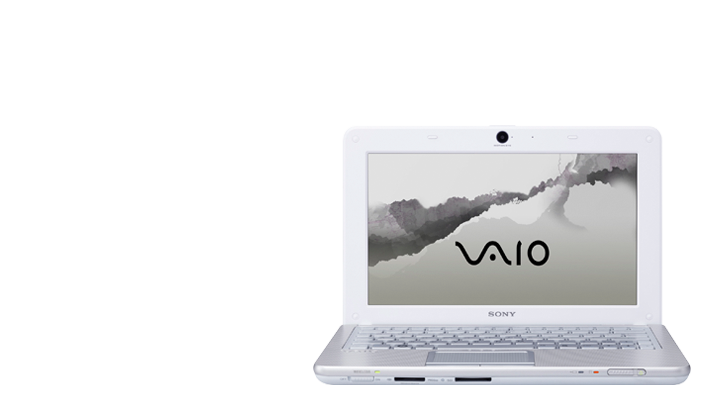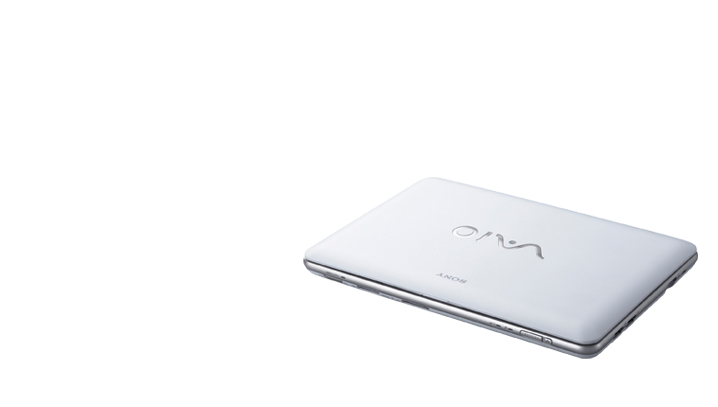Sony Vaio Mini W
Specifications

Price comparison
Average of 1 scores (from 2 reviews)
Reviews for the Sony Vaio Mini W
Source: PC Authority
 Archive.org version
Archive.org versionIf the Sony's keyboard and battery life had been better, it would certainly have been vying for an award. To include such an excellent screen at this price is impressive when you consider it's Sony's first true netbook; it may have been late to the party, but now it's arrived Sony wants to be the star attraction. But in terms of usability and value, the Samsung N110 beats it, despite its lesser screen. Its great keyboard and 11-hour battery life are difficult to argue with, especially when the W Series costs such a significant amount more.
Single Review, online available, Medium, Date: 11/04/2009
Rating: price: 50% display: 95% mobility: 50% ergonomy: 50%
Source: PC Pro
 Archive.org version
Archive.org versionSo, the last big name has fallen. HP gave out in April 2008, and both Dell and Toshiba's resistance crumbled by the autumn. But it's taken Sony until the middle of 2009 to produce what it confesses to be a netbook, the VAIO Mini W Series. It still argues that the P Series, despite its Atom processor and microscopic dimensions, was nothing of the sort. It certainly wasn't priced as such, with even the cheapest version selling for over £600 exc VAT, whereas the W Series is expected to retail for £347 exc VAT on its release. A stylish netbook with a stellar, high-resolution screen, but it all comes at a considerable premium
Single Review, online available, Medium, Date: 07/01/2009
Rating: Total score: 67%
Comment
Intel Graphics Media Accelerator (GMA) 950: Intel Graphics Media Accelerator 950 is an integrated (onboard) graphic chip on Mobile Intel 945GM chipset. It is a faster clocked version of the GMA 900 and supports no hardware T&L (Transform & Lightning) accelleration (which is required for some games).
These graphics cards are not suited for Windows 3D games. Office and Internet surfing however is possible.
» Further information can be found in our Comparison of Mobile Graphics Cards and the corresponding Benchmark List.
Intel Atom: The Intel Atom series is a 64-Bit (not every model supports 64bit) microprocessor for cheap and small notebooks (so called netbooks), MIDs, or UMPCs. The speciality of the new architecture is the "in order" execution (instead of the usual and faster "out of order" execution). Therefore, the transistor count of the Atom series is much lower and, thus, cheaper to produce. Furthermore, the power consumption is very low. The performance per Megahertz is therfore worse than the old Pentium 3M (1,2 GHz on par with a 1.6 GHz Atom).
N270:
Power efficient, cheap and slow Netbook single core CPU. Because of the in-order execution, the performance per MHz is worse than Core Solo or Celeron M processors.
» Further information can be found in our Comparison of Mobile Processsors.






